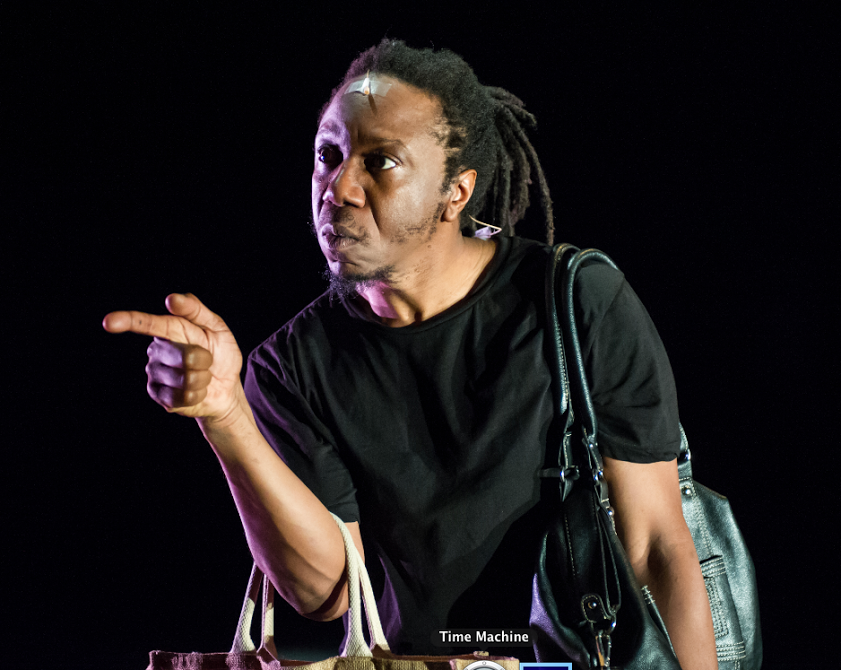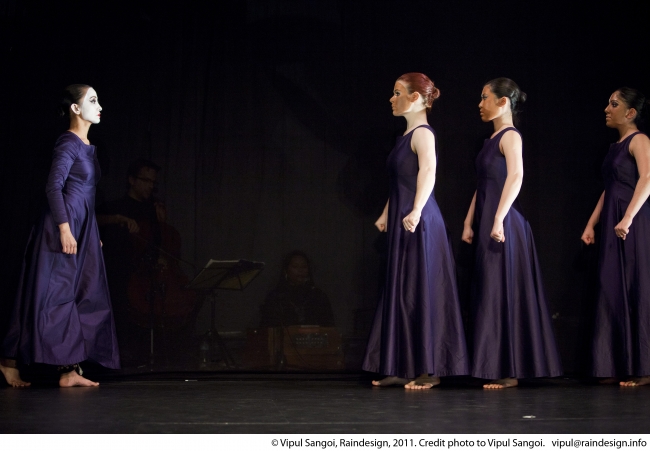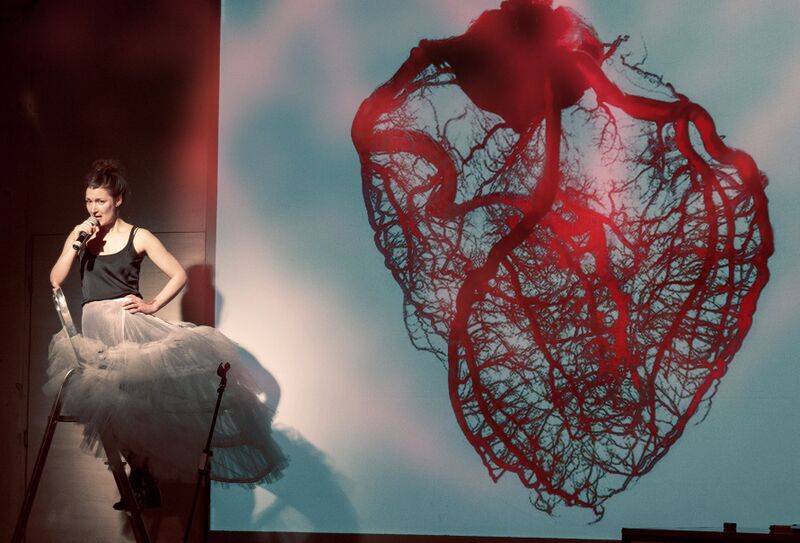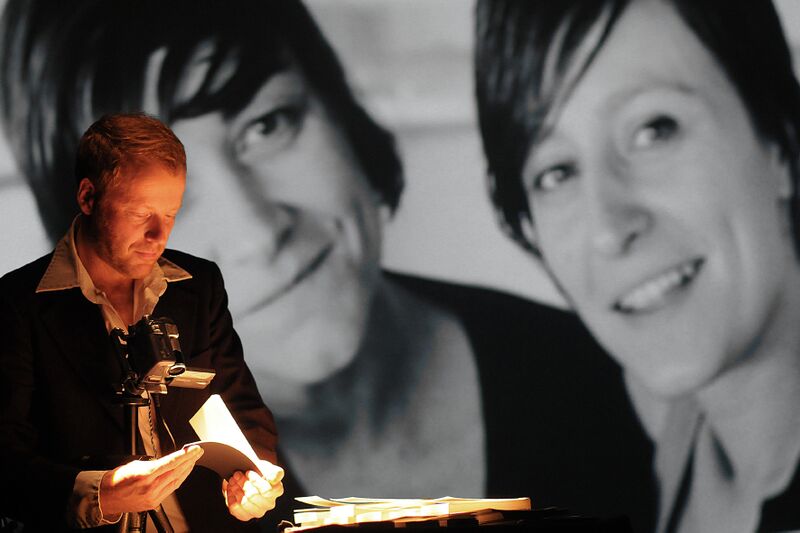A chair, a man, a white envelope: The Letter starts with the arrival of the eponymous letter, which becomes an object of play in the show’s wordless opening sequence. Jonzi D shows off his quite considerable skills as a mime and physical performer, opening the letter, and reacting with shock to its contents. He stares, he writhes, he dances with a mix of excitement and horror. He tries to throw the letter away but it follows him round the room. In despair he tries to eat it, but chokes on the paper. Or perhaps on the paper’s content.
What could it be that causes such agitation? It’s a letter from Buckingham Palace: Jonzi D, renowned hip-hop artist, theatre-maker, and creator of the legendary Breakin Convention hip-hop theatre festival at Sadler’s Wells is to be honoured in the Queen’s New Year Honours list with an MBE. To accept or to refuse? To be or to MBE? What would you do? To work it all out, Jonzi D goes back to his roots – Bow, East London – to hear what his friends and family have to say.
On one side is the argument that this is a rare honour for a black British artist; that he has a duty to accept to show that hip-hop is an artform deserving of such honours; that he needs to get down off his high horse, drop the attitude and just say ‘yes’. This is the view put forward by many of the women in his life. In a series of brilliant physical comedy character vignettes, Jonzi transforms himself into the sassy lady friend who rolls cigars on her thigh and shimmies tantalisingly round the stage, berating him for even thinking about turning it down. ‘Stop fighting the white man’ she says ‘stop playing the maverick – there’s a black family in the White House!’. Even more beguilingly is his transformation into his mate Darren’s mum, replete with shopping bags, wide-eyed stares, and fabulous old-school Jamaican accent. She has no time for Jonzi’s nonsense about turning it down, and plays her ace card: ‘Think of your dear Mum, she would have been so pride!’
The argument against comes from numerous male friends and acquaintances. And there’s a lot of them, with a lot to say. Musicians, dealers, guys in the car valeting joint – whoever, wherever – give their views, which vary from the mildly sneering to downright aggressive. ‘MBE?” says one. ‘More like VBE – Victim of the British Empire!’ citing the terrible legacy of slavery, colonisation, and abuse.
Finally, we’re at the family house for Christmas. Since the death of Jonzi’s mum, the matriarch of the family is his big sister Ruth – and he’s in awe of her, and terrified of what she’ll say. The climax of the show is the revelation of Jonzi’s decision, and the reaction of Ruth – which I won’t give away, but will just say that this final scene is played out with the same delightful humour, clever characterisation, and adept rhyming that has brought us through the story to this moment.
A surprising and charming show performed with great aplomb – surprising because who knew such consummate traditional mime skills lurked beneath the hip-hop surface; charming because Jonzi D just is – a charmer who woos his audience and has them there with him on his journey. Hip-hop might not exactly feature, but it’s there under the surface. Jonzi D’s skills as a physical performer are always paramount, merging mellifluously with the verbal storytelling. The autobiographical subject matter at first seems quite small and specific, but is widened out to become a far broader, and important, reflection on dilemmas facing many people from so-called ‘minority’ groups: to what extent are you selling out your cultural heritage when invited in to the establishment?





